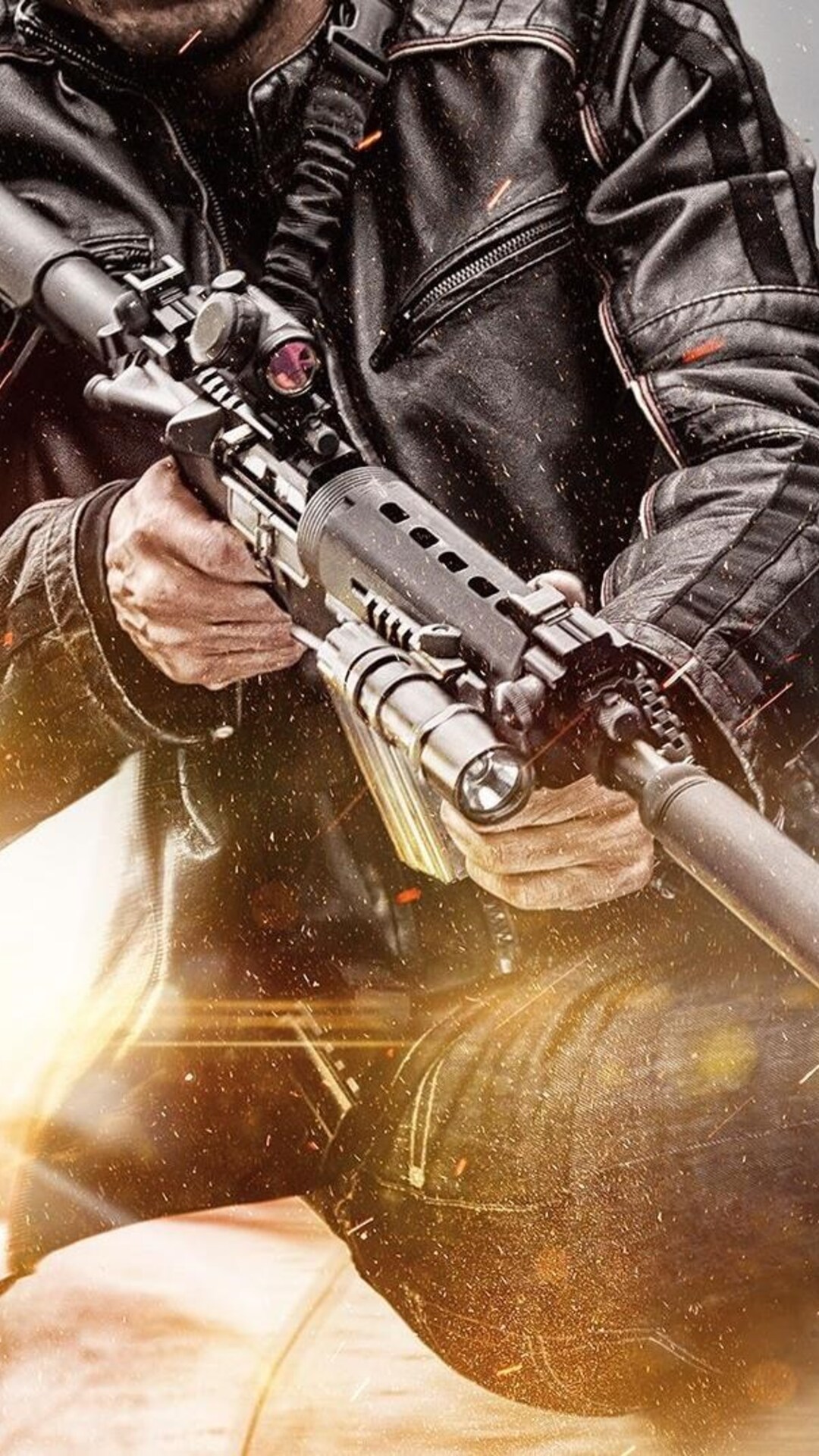
- #PIXEL 3 BATTLEFIELD 3 IMAGE 720P#
- #PIXEL 3 BATTLEFIELD 3 IMAGE PC#
- #PIXEL 3 BATTLEFIELD 3 IMAGE PS3#
#PIXEL 3 BATTLEFIELD 3 IMAGE PC#
In current PC (DX10+) and probably future console technology you can easily mix MRT with MSAA, so you no longer have problems generating the buffers that post-processing effects usually require. Tiling forces re-transforming meshes that cross multiple tiles and also introduce some restrictions that may increase the complexity of the engine architecture. Also, on the Xbox 360, anti-aliasing usually forces the usage of tiling, a technique used to render a frame in tiles, in order to fit the memory requirements of the eDRAM. But the more important reason may be that deferred shading rules out MSAA on some platforms, as this technique requires the usage of MRT and the ability to read individual samples of an MSAAed buffer. For example, it's not possible to use MSAA in conjunction with multiple render targets (MRT) on DirectX 9, which is a feature required to output the input data used for post-processing effects like ambient occlusion or object motion blur. Speaking of previous graphics technology, the first that comes to our mind is the fact that it allows overcoming the limitations found on some platforms.
#PIXEL 3 BATTLEFIELD 3 IMAGE 720P#
Use the full-screen button for 720p resolution, or use the link below for a larger window.įilter-based anti-aliasing in general appeared as a consequence of many factors. Here we have a direct A to B comparison of the original footage alongside the same video processed with Jimenez MLAA. Because MLAA is a post-process technology, analysing the image as a 2D object, this meant we could use the filter on our own lossless HDMI video captures from existing console titles, and test out the quality of the technique independently… Bad Company 2, Borderlands, Castlevania and Enslaved are good examples of HD titles with no anti-aliasing. The team not only spent time talking with Digital Foundry about their tech, but actually handed over demo code, giving us a chance to check out its results. Echevarria and Diego Gutierrez are working on a GPU-based implementation that works very well indeed on Xbox 360 and PC.

While Sony got there first with its MLAA work, the basic concepts are hardly proprietary. Of course, ATG's tech is also exclusive to PlayStation 3, but in an age where console developers are looking to extract every last ounce of performance from the architecture, MLAA-style implementations have value on Xbox 360, and the case for post-process anti-aliasing for PC titles is growing too. MLAA exists now because of the limitations of current generation consoles and because of the performance speed-up with respect to MSAA. It's not without its issues either – specifically sub-pixel detailing erroneously picked up as an edge but can be amplified and can actually exaggerate pixel-popping issues rather than minimising them. It's also very expensive from a computational perspective: it's believed that ATG's MLAA requires 3-4ms of rendering time spread across five SPUs. MLAA is a post-process anti-aliasing technique that scans the framebuffer, attempting to pattern-match edges and applying a blur/filter, providing edge-smoothing that goes well beyond the traditional 2x MSAA and 4x MSAA we see in console titles. It took on research from Intel into morphological anti-aliasing, and created its own version of the tech which debuted in God of War III and has regularly featured in both first and third party games - an excellent example of how Sony rolls out technological innovations from its central HQ to all PlayStation developers. The response from Sony's Advanced Technology Group (ATG) was remarkable.

#PIXEL 3 BATTLEFIELD 3 IMAGE PS3#
In terms of cross-platform development, the amount of console titles we've seen with anti-aliasing in effect on Xbox 360 but absent on PS3 is considerable. However, despite excellent results (particularly in terms of sub-pixel detailing), it is a relatively expensive effect, heavy on RAM and bandwidth - aspects that are at a premium on the PlayStation 3 in particular. The traditional solution is to employ multi-sample anti-aliasing, a hardware feature in all modern graphics accelerators, and of course an element of the Xenos and RSX GPU cores in today's HD consoles. One of the most important elements to image quality and stability in the modern age is the concept of anti-aliasing, which smoothes away jaggy edges and helps minimise distortion when rendering a high res image at a lower resolution.


 0 kommentar(er)
0 kommentar(er)
